Honda CEO offers update on F1 2026 power unit progress
28 Jan 2025 6:30 PM
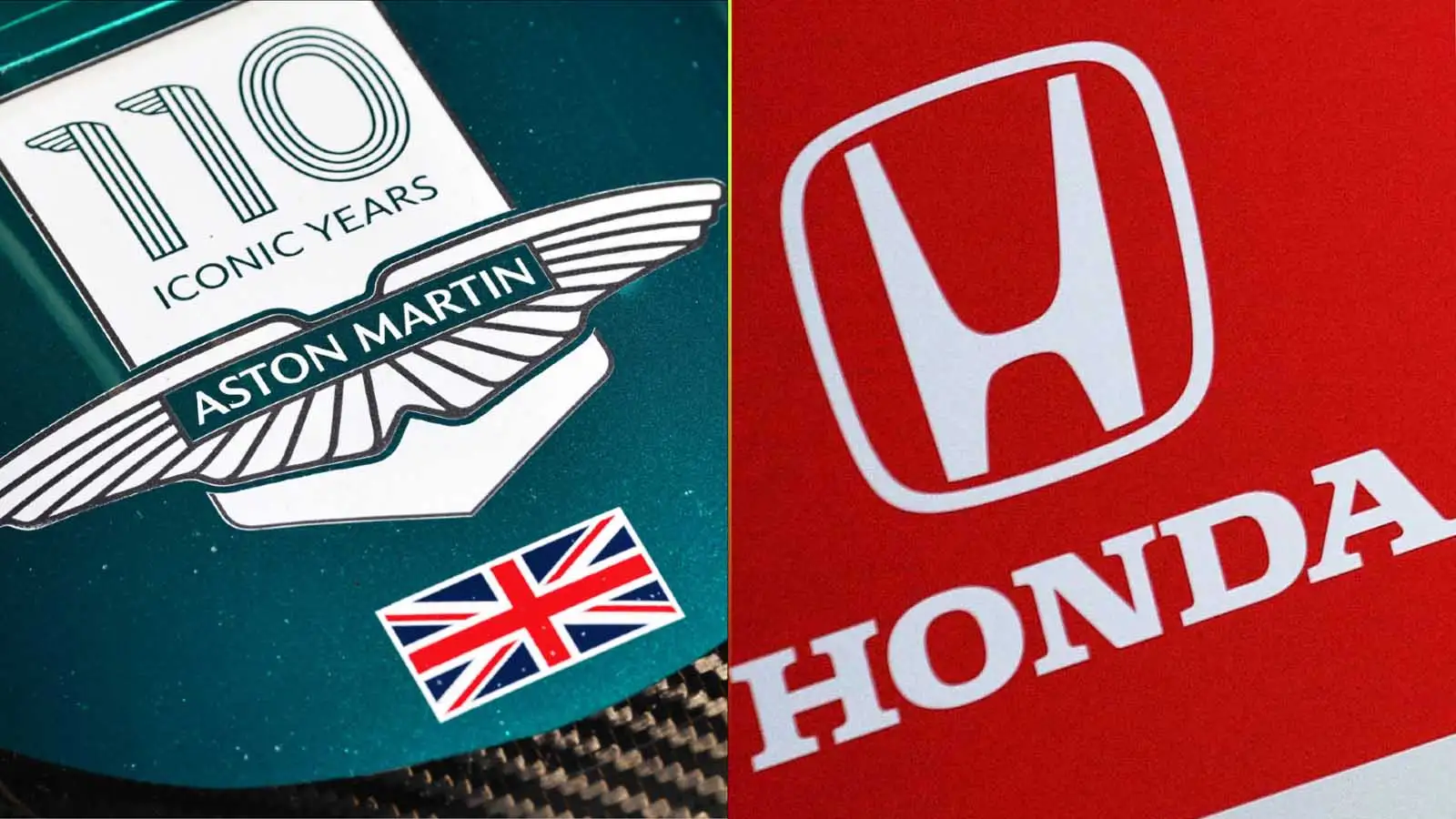
Aston Martin and Honda will be joining forces from the F1 2026 season.
Honda will be making its return to Formula 1 in 2026 courtesy of a power unit partnership with Aston Martin — but the process hasn’t been an easy one.
Speaking to Honda Racing Corporation (HRC) president Koji Watanabe during the 2025 Rolex 24, PlanetF1.com learned that Honda has been “struggling” with its development — though that seems to be a very similar situation for all incoming power unit makers.
Honda Racing Corporation president admits company is “struggling” with F1 PU
Koji Watanabe, president of Honda Racing Corporation (HRC) admitted to media, including PlanetF1.com, that the company is “struggling” with the development of its incoming F1 2026 power unit.
In May of 2023, Honda announced that it would be making a return to Formula 1 as a power unit manufacturer beginning in 2026 courtesy of a partnership with Aston Martin that would make the British outfit a Honda works team.
Honda currently supplies power units for Red Bull Racing, but the Milton-Keynes outfit intends to pursue its own developmental PU program with Ford from 2026 and beyond. The new 2026 regulations will bring with them improvements in electrification, efficiency, and sustainability — all of which are critical components to Honda’s company-wide goals.
However, Koji Watanabe admitted that the challenge of building a new PU has been great — as it will be for every incoming manufacturer attempting to build these new units.
Full disclosure: Acura and HRC flew PlanetF1.com to the 2025 Rolex 24 at Daytona. It provided PF1 with accommodations and arranged key interviews, such as this one with Koji Watanabe.
More from Honda’s F1 history:
👉 Honda: From GP2 engine to powering a World Champion
👉 Explained: The ingenious innovation that propelled Brawn GP title glory
Ars Technica journalist Jonathan Gitlin asked Watanabe about the development of Honda’s power unit, to which the HRC president replied, “Not so easy.
“We are struggling. Now we are trying our best to show the result next year.”
PlanetF1.com followed up by asking what, specifically, has been causing such concerns for Honda during this process.
“Everything is new,” Watanabe admitted.
“The motor is a new 355-kW, very compact one we need. Also the lightweight battery, it’s not so easy to develop. And also the small engine with the big power.
“Everything is very difficult, but we try our best.”
It is perhaps not the answer that Aston Martin would hope to hear from its new works partner, particularly considering the team’s exceptional investment over the last few years.
Canadian business magnate Lawrence Stroll took over the team in the middle of the 2018 season, using his subsequent purchase of Aston Martin’s automobile arm in 2021 as a way to endow the team with the gravity of a legacy manufacturer.
But that was only the beginning; Stroll has since funneled money into improving Aston Martin’s facilities, starting with a brand-new factory and recently completed construction of a state-of-the-art wind tunnel. Further, the outfit has hired the likes of Adrian Newey, perhaps the most iconic F1 designer in the modern age.
Heading into 2026, hopes are naturally high; Watanabe’s admission that Honda is struggling has been the first indication that the transition into the new regulatory era may not be as smooth as hoped.
However, Watanabe also acknowledged that other teams will be experiencing similar challenges.
In fact, Christian Horner referred its own power unit partnership with Ford as Red Bull’s “biggest challenge.”
“We’ve got a massive regulation change, they’re changing the engine and the chassis in ‘26 and we’re building our own engine for ‘26, in partnership with Ford Motor Company, and that’s a huge challenge,” Horner explained on talkSPORT.
“So we’re taking on Ferrari and Mercedes, you know, as a subsidiary of Red Bull, and that is by far our biggest challenge in the sport.
Earlier in the interview, in response to an additional question from PlanetF1.com regarding potential crossover between Formula 1’s hybrid power units and those utilized in IMSA’s GTP prototype category, Watanabe stated that the goal of the F1 project is to “learn how to improve the hybrid system itself” in order to “learn how to create a highly efficiency battery and motor for the future.”
Read next: Adrian Newey: All you need to know about his sensational Aston Martin move
Honda



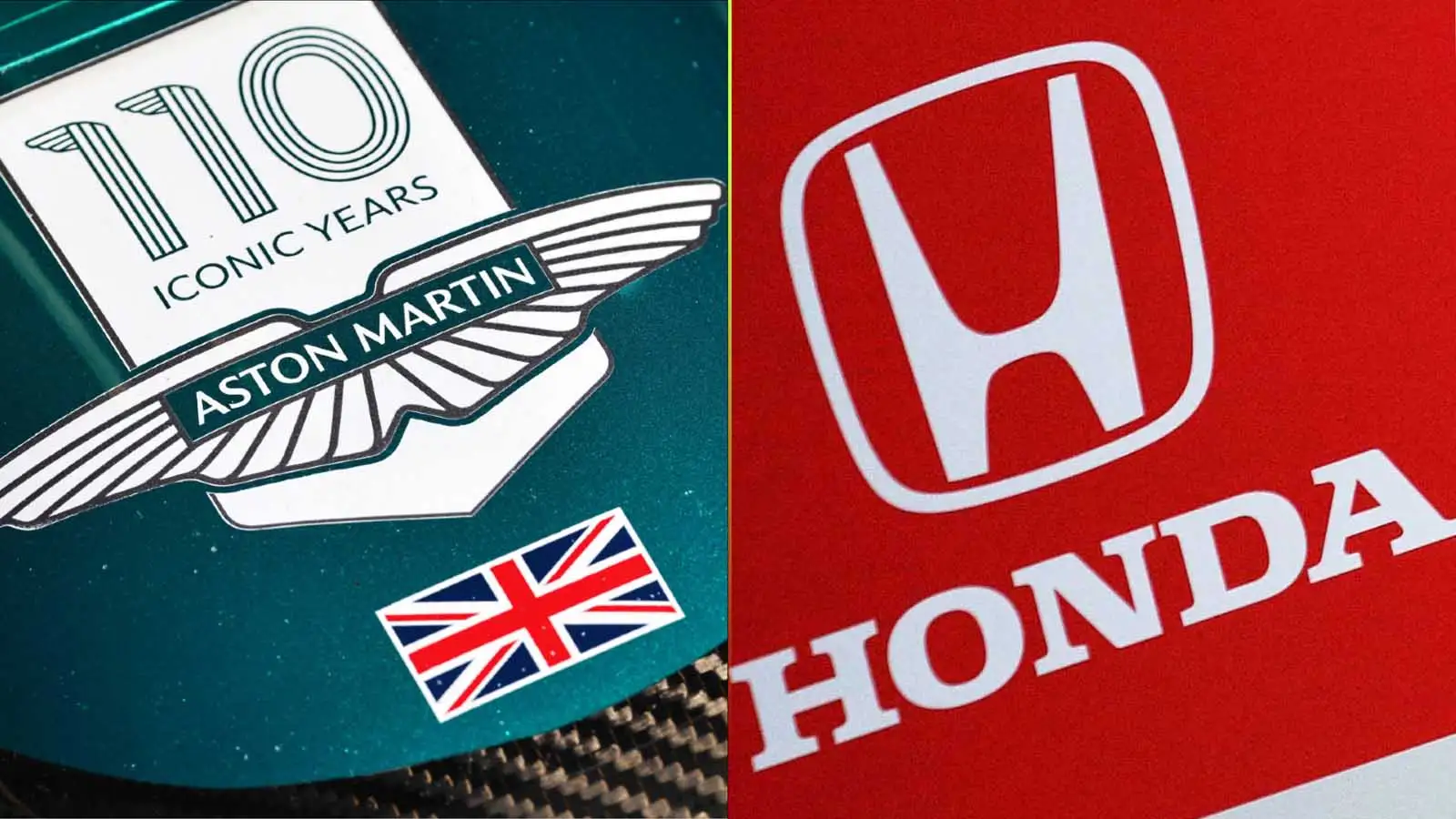
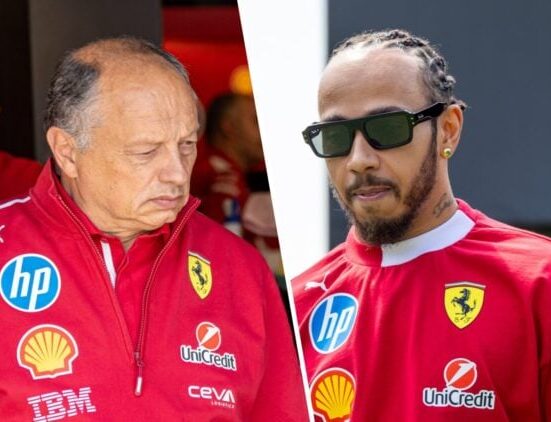
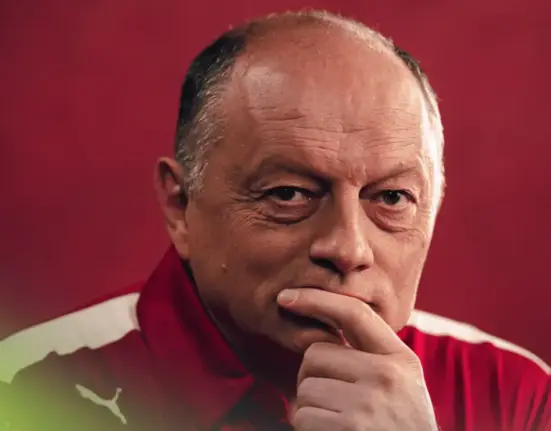

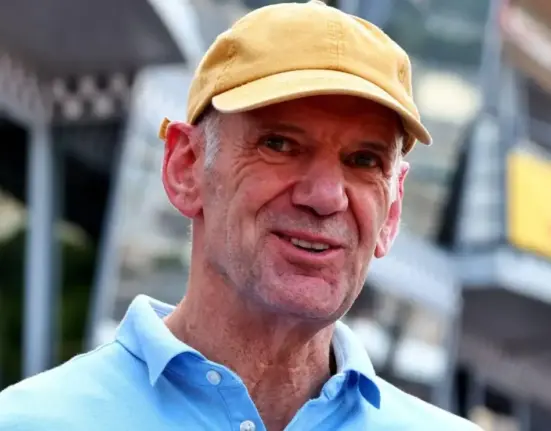
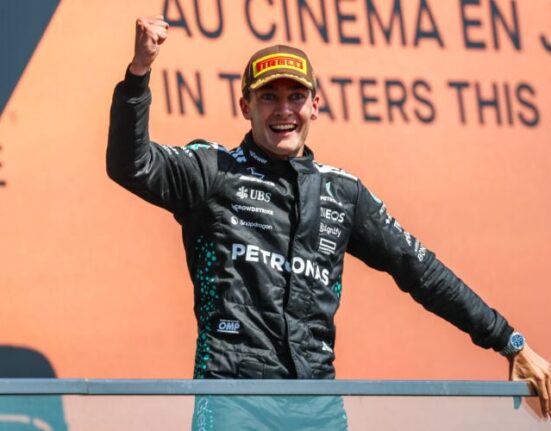

Leave feedback about this